Ford Crull
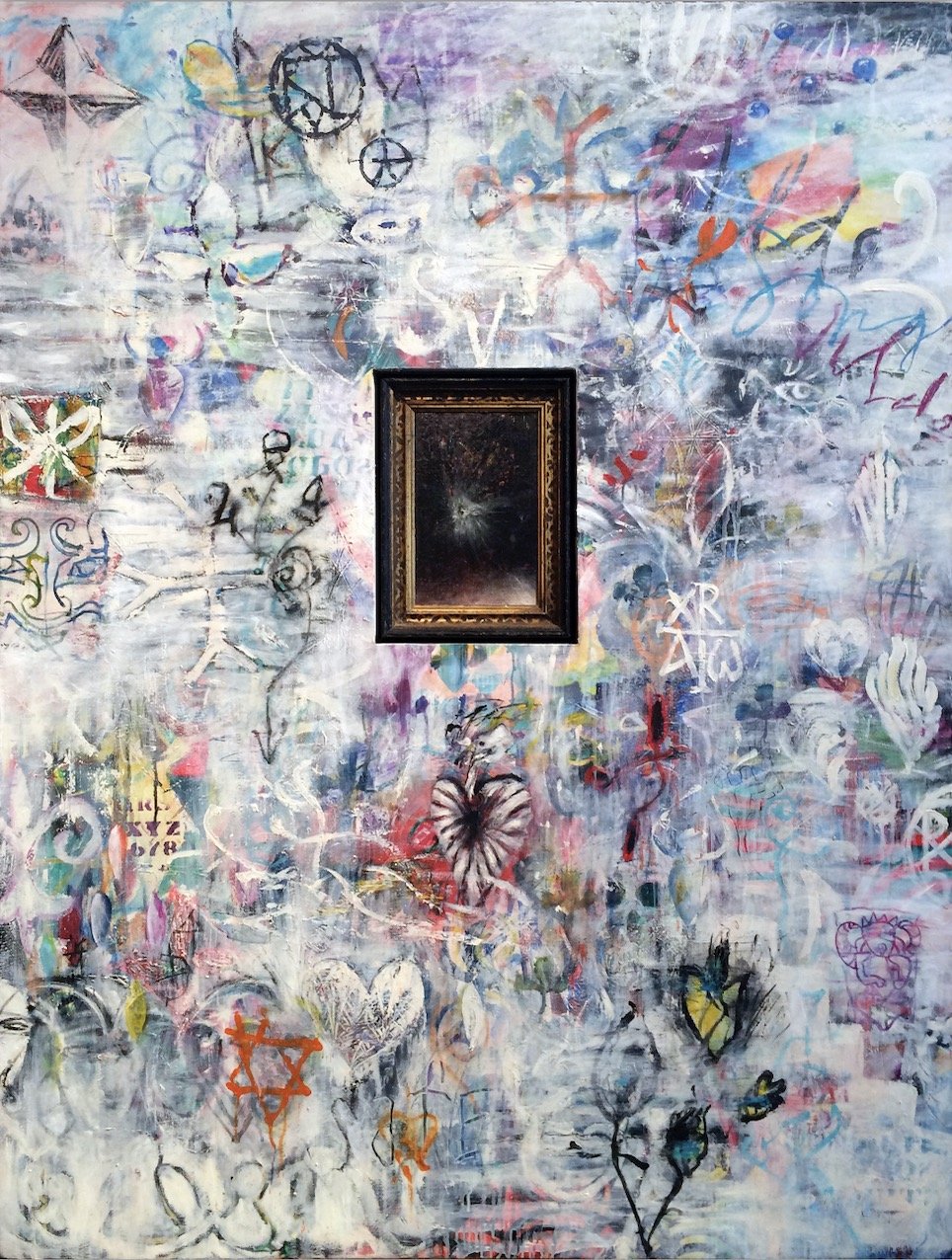
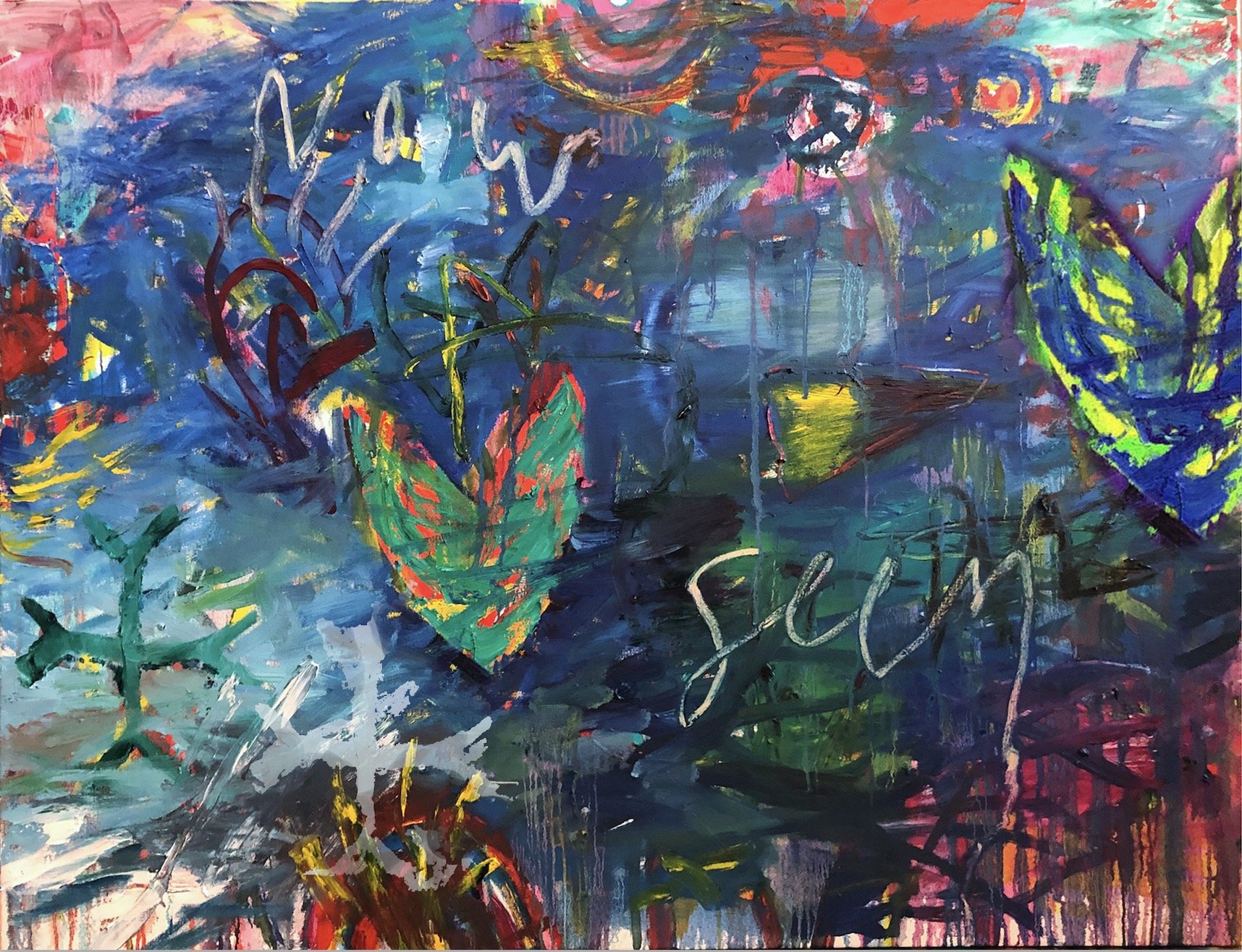
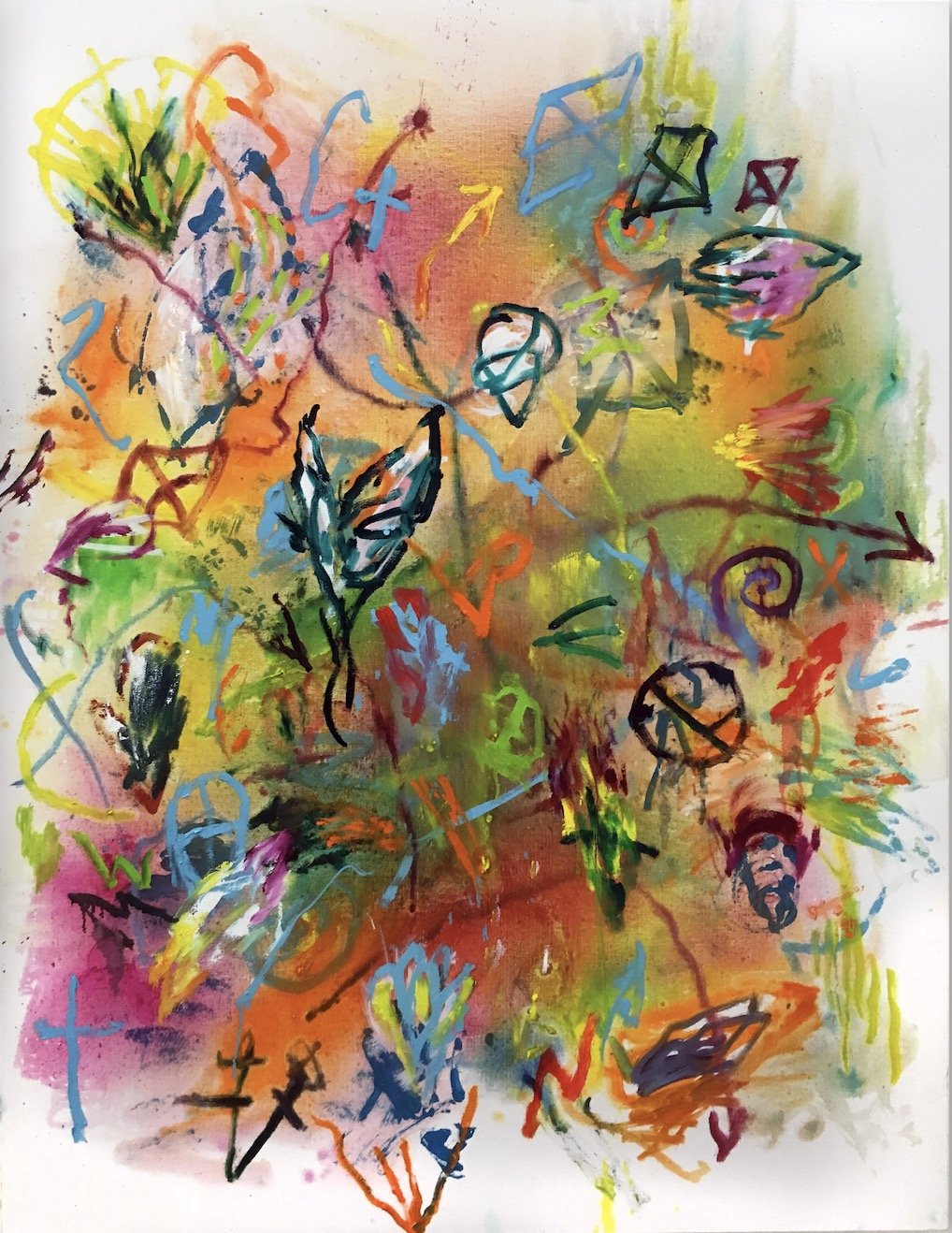
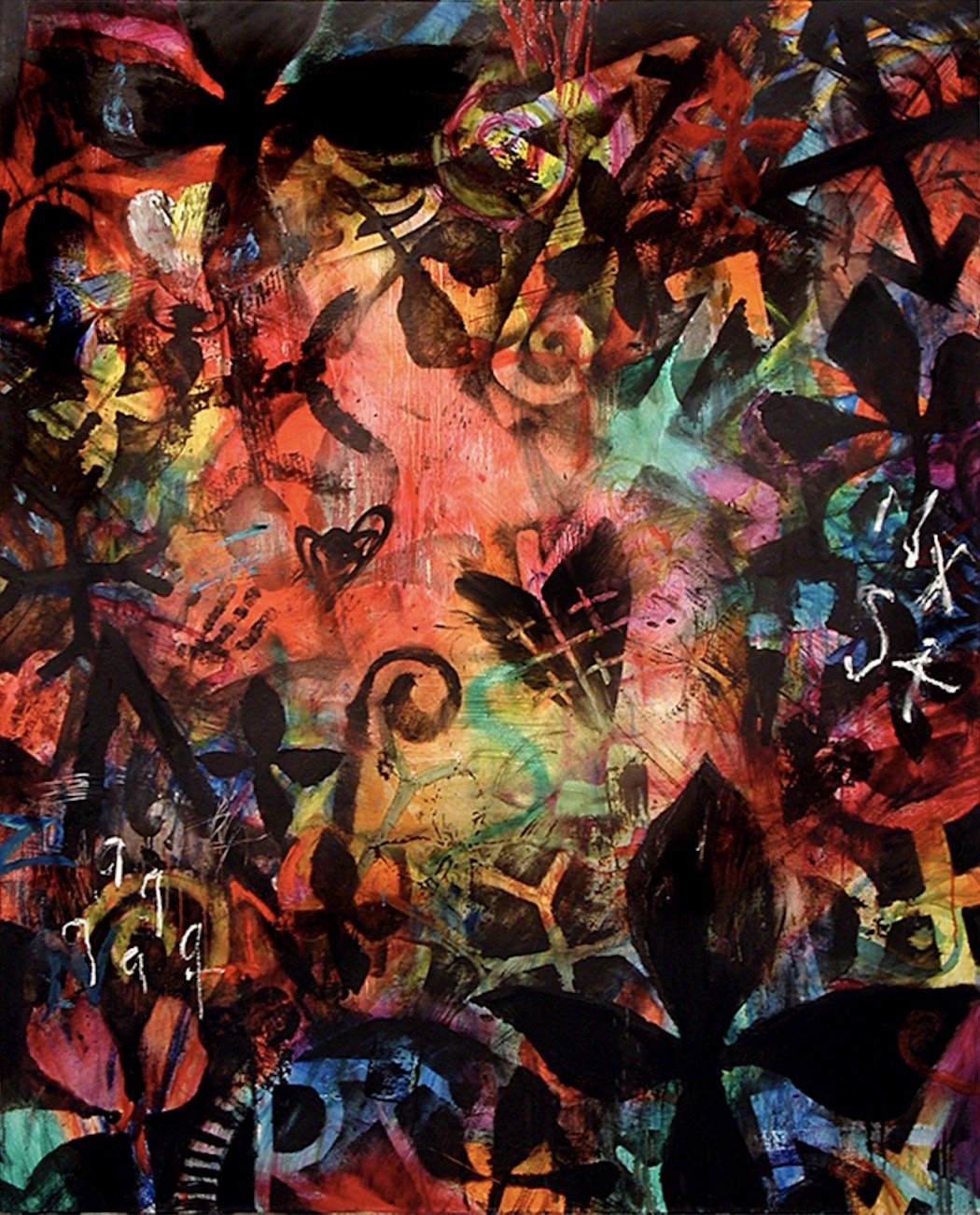
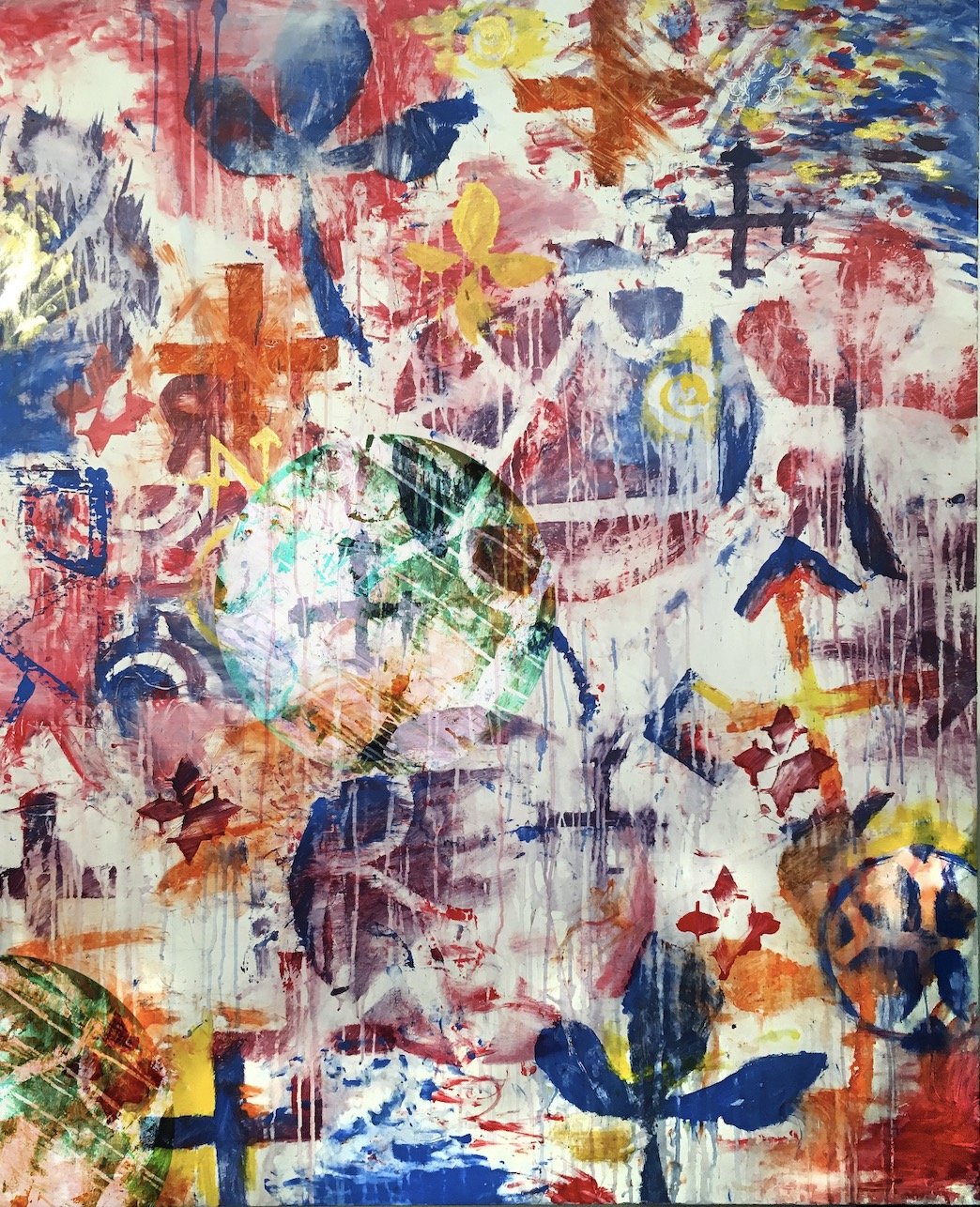
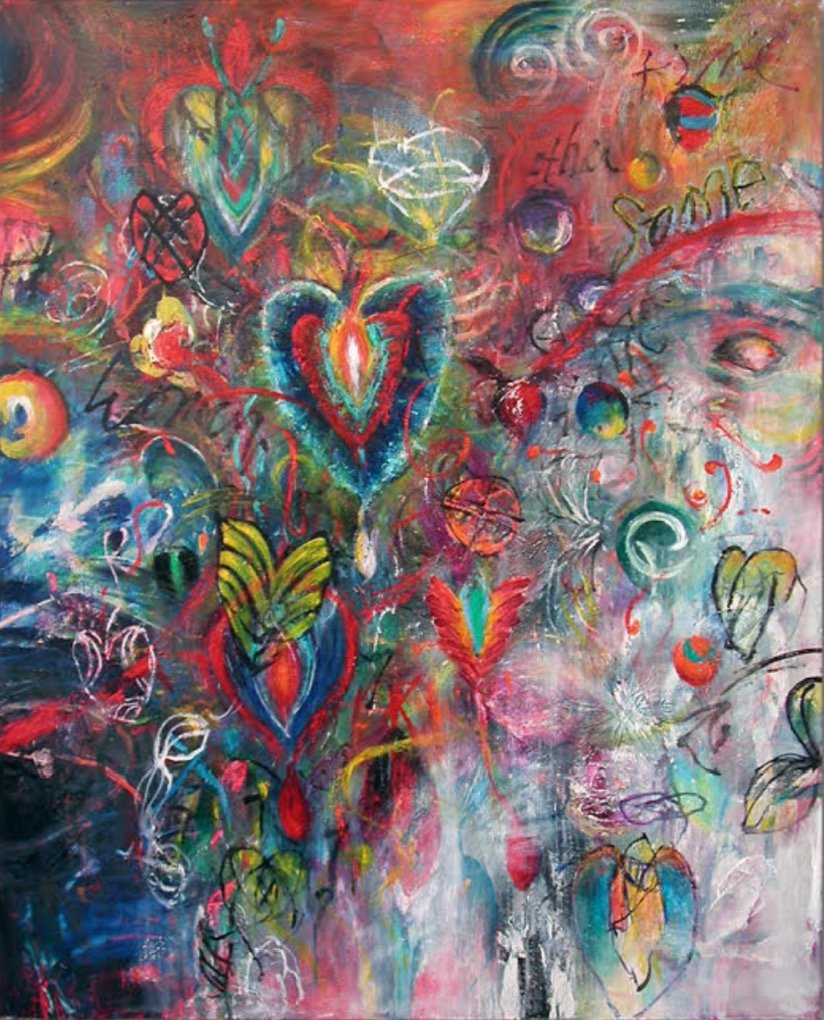
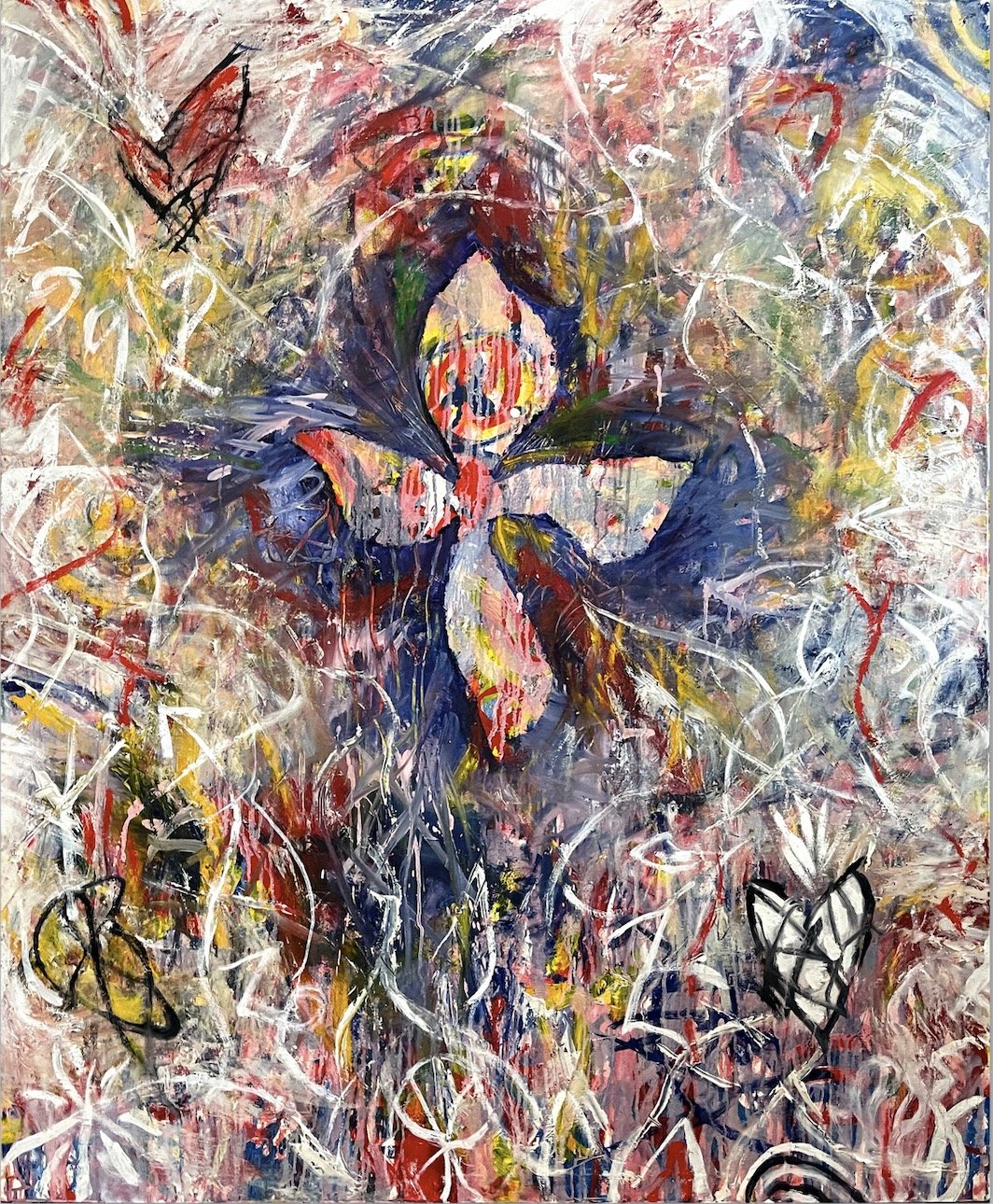
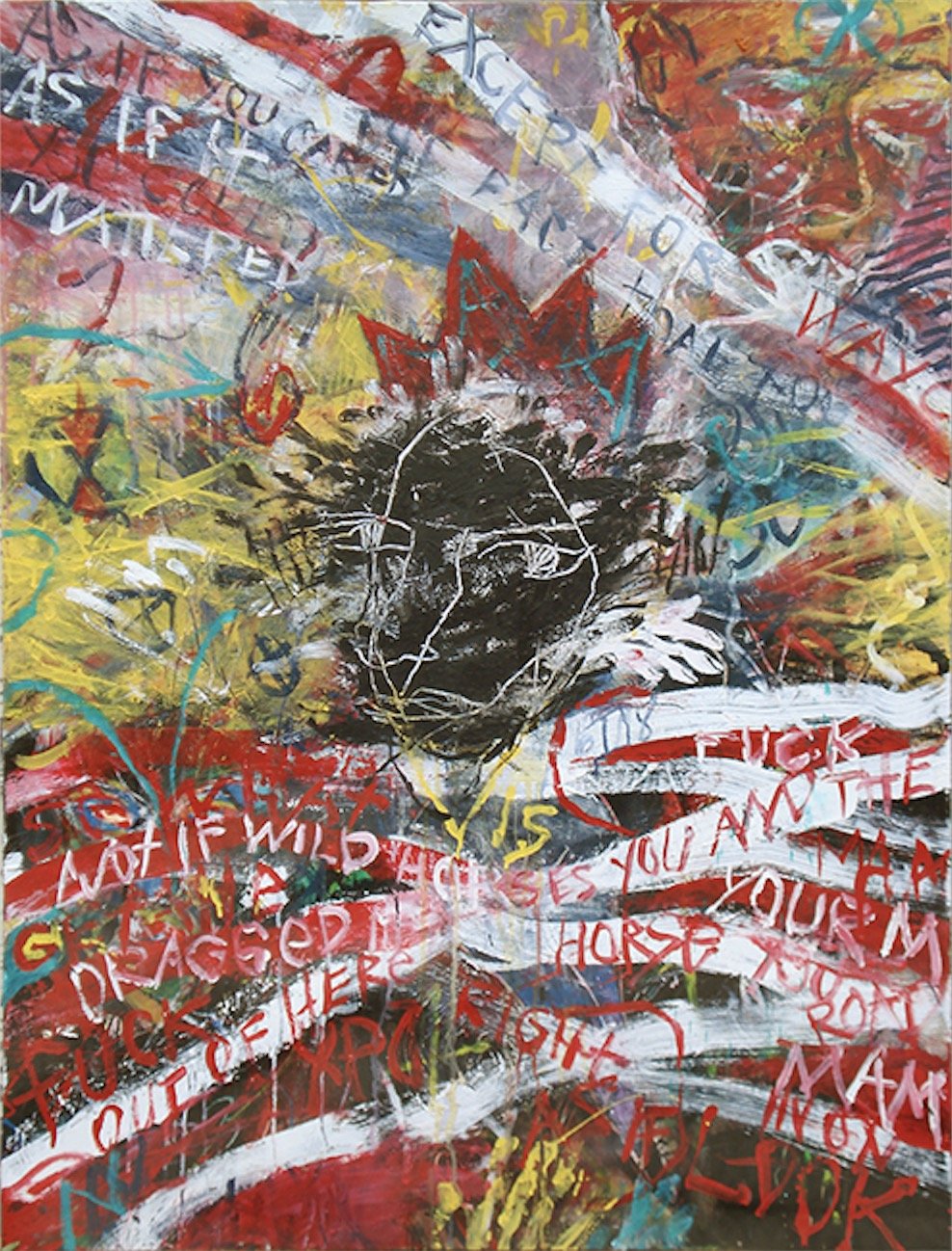
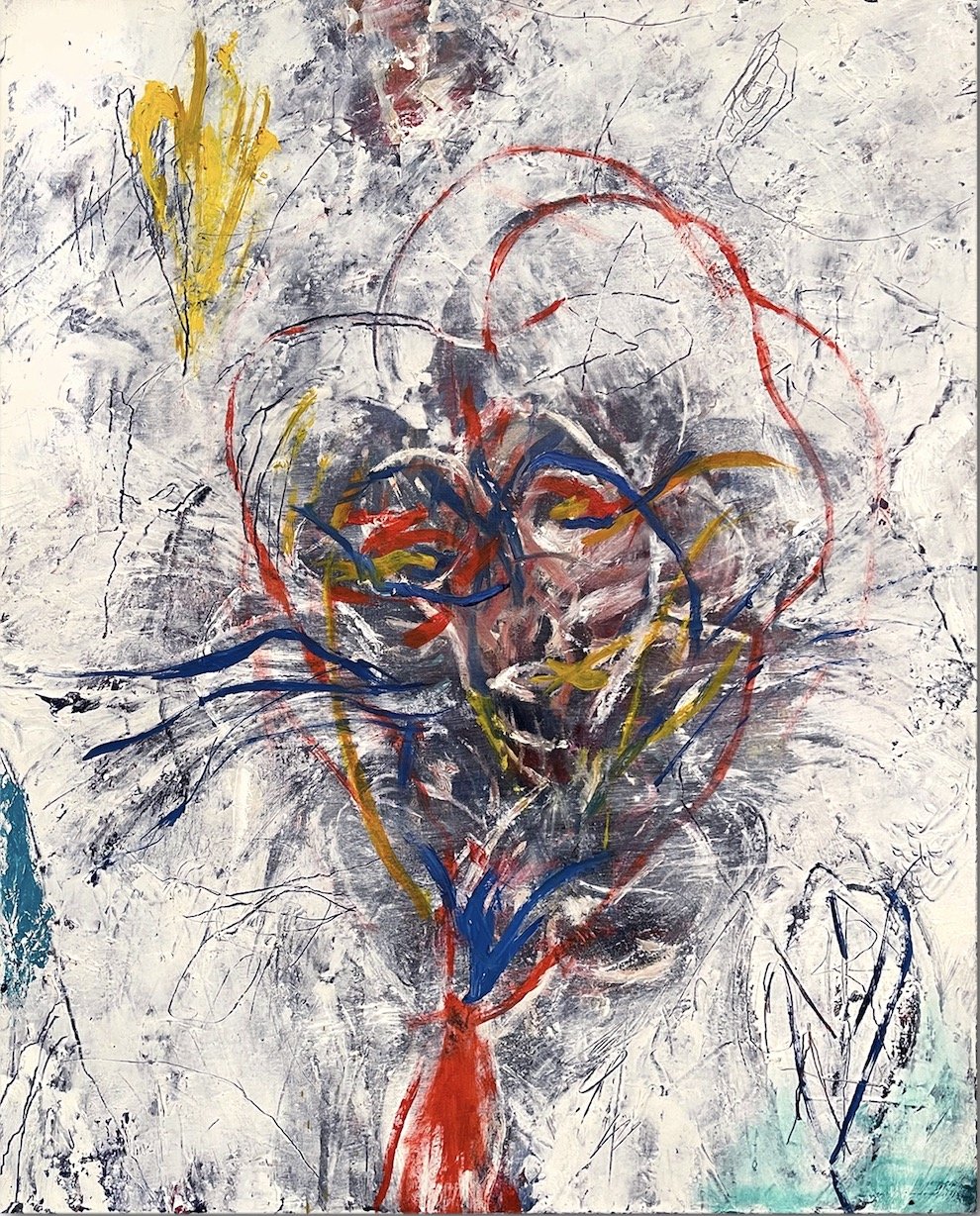
Ford Crull (b. June 6, 1954 in Boston, MA) is a renowned American contemporary artist known for his evocative exploration of personal and cultural symbolism. Crull’s artistic journey began at the University of Washington, where he laid a foundation in biomorphic surrealism, organic abstraction, and automatic writing. Over his prolific career, his work has earned a place in prestigious institutions, including the Metropolitan Museum of Art, the National Gallery, and the Brooklyn Museum.
Crull’s work is often associated with neo-symbolism, drawing on the expressive legacy of movements such as abstract expressionism, surrealism, and symbolist art. His use of personal and cultural symbols, coupled with his dynamic painterly techniques, evokes comparisons to notable artists like Jean-Michel Basquiat, Cy Twombly, and Anselm Kiefer. Crull’s ability to merge abstract forms with profound symbolic narratives positions him as a key figure in contemporary interpretations of these traditions.
Crull’s artistry has been extensively covered in notable publications, including Art News, Art in America, The Brooklyn Rail, and The New Republic. His inclusion in critical essays and features highlights his resonance within the art world and affirms his status as a sought-after talent. A particularly notable milestone in his career was his participation in the internationally acclaimed 1989 Moscow exhibition Painting After the Death of Painting, curated by Donald Kuspit. This exhibit placed Crull among the vanguard of artists redefining the boundaries of painting in the late 20th century.
Beyond exhibitions, Crull has collaborated with fellow artists and curators to expand the dialogue surrounding his work, fostering connections with both established and emerging voices in the art community. Crull lives and works in New York City.
